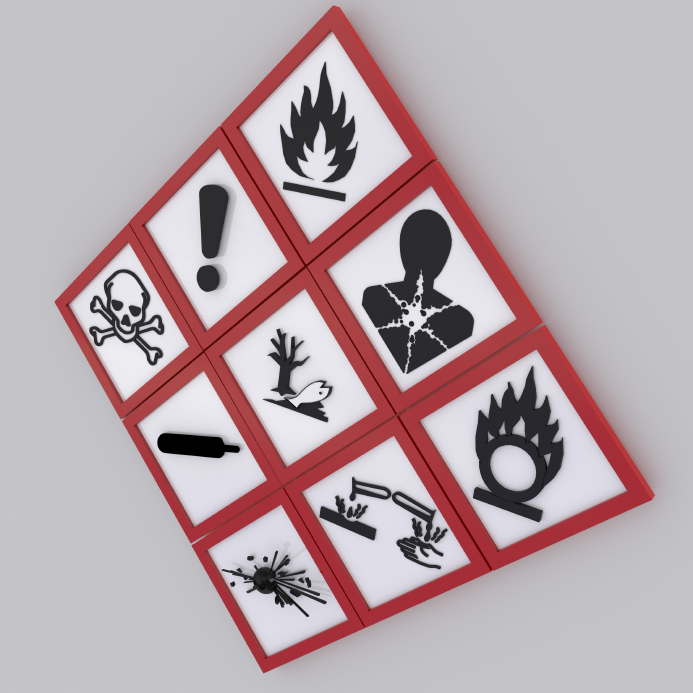
|
La Porte has a regional emergency response team to respond to hazmat releases, but DuPont did not activate the response team until hours later and, even then, did not set up an incident command center. At least one of the chemicals at the site, methyl isocyanate, has the potential to cause large-scale disaster; methyl isocyanate is the chemical that killed more than 2,200 people in Bhopal, India, in 1984.
Clearly, the La Porte plant was not ready to respond quickly and effectively to a hazardous chemical release. What about your workplace?
Dangerous Releases
Could a hazardous chemical release occur at your facility? What provisions are in place to save lives? Do you have:
Escape respirators? At the DuPont plant, there weren’t enough respirators, and they weren’t near enough to the hazard to enable workers to escape.
Join us on Thursday July 2, for our in-depth webinar, Workplace Violence in Healthcare and Social Services: Strategies for Assessing Risk and Protecting Workers
Protective gear? In order to stop a release or retrieve injured workers, you will have to send people into danger. For that, they’ll need the right protective gear, they’ll need it immediately available, and they’ll need to have appropriate training.
Decontamination equipment? Are you prepared to decontaminate workers who leave a hazmat release area—whether or not they are wearing protective gear? Your decontamination procedure will depend on the specific chemicals and scenarios you anticipate.
With the release of the revised OSHA guidelines, safety managers in the healthcare and social service settings have a perfect opportunity to take a closer look at their existing workplace violence prevention programs. Click here to learn more!
Accurate inventories? More than a week after the release in La Porte, DuPont still had not said how much methyl mercaptan, another chemical present at the site, was released. In fact, the plant may not have even known how much methyl mercaptan was present at the site. Can you quantify your potential for disaster?
You can be ready for anything with the resources you’ll find on Safety.BLR.com®.
